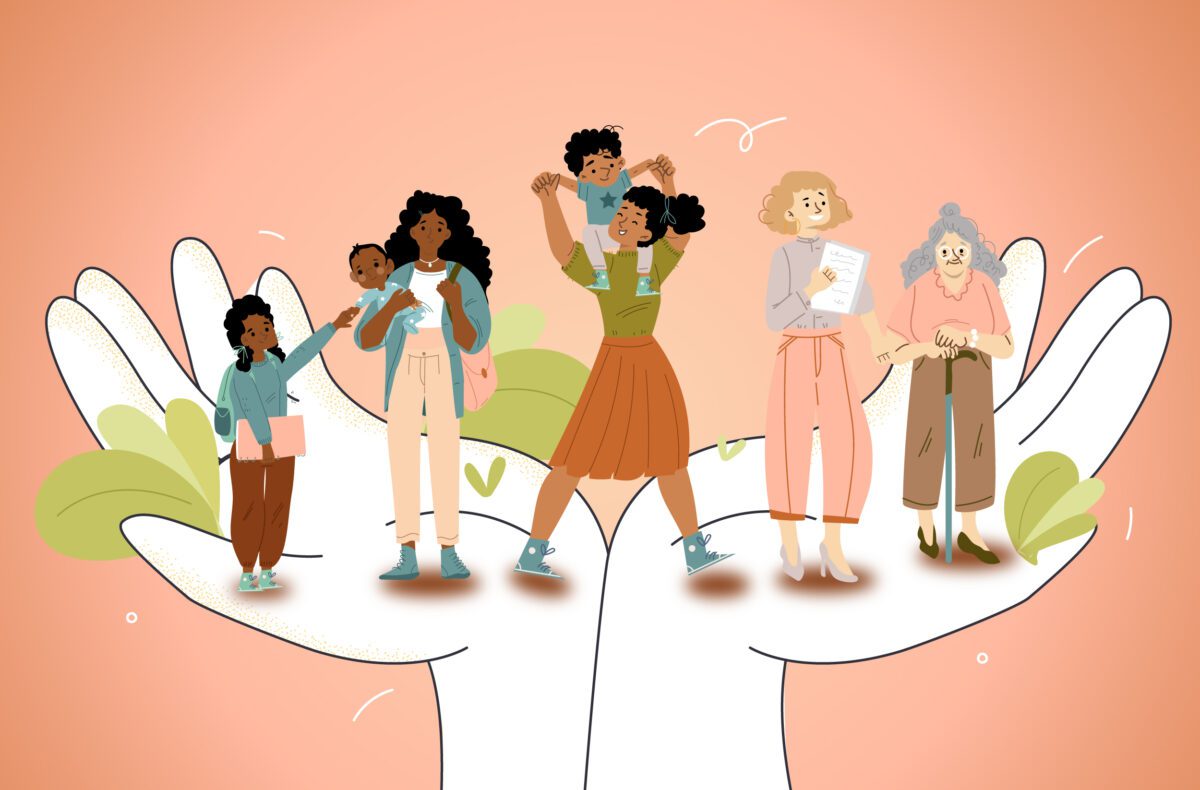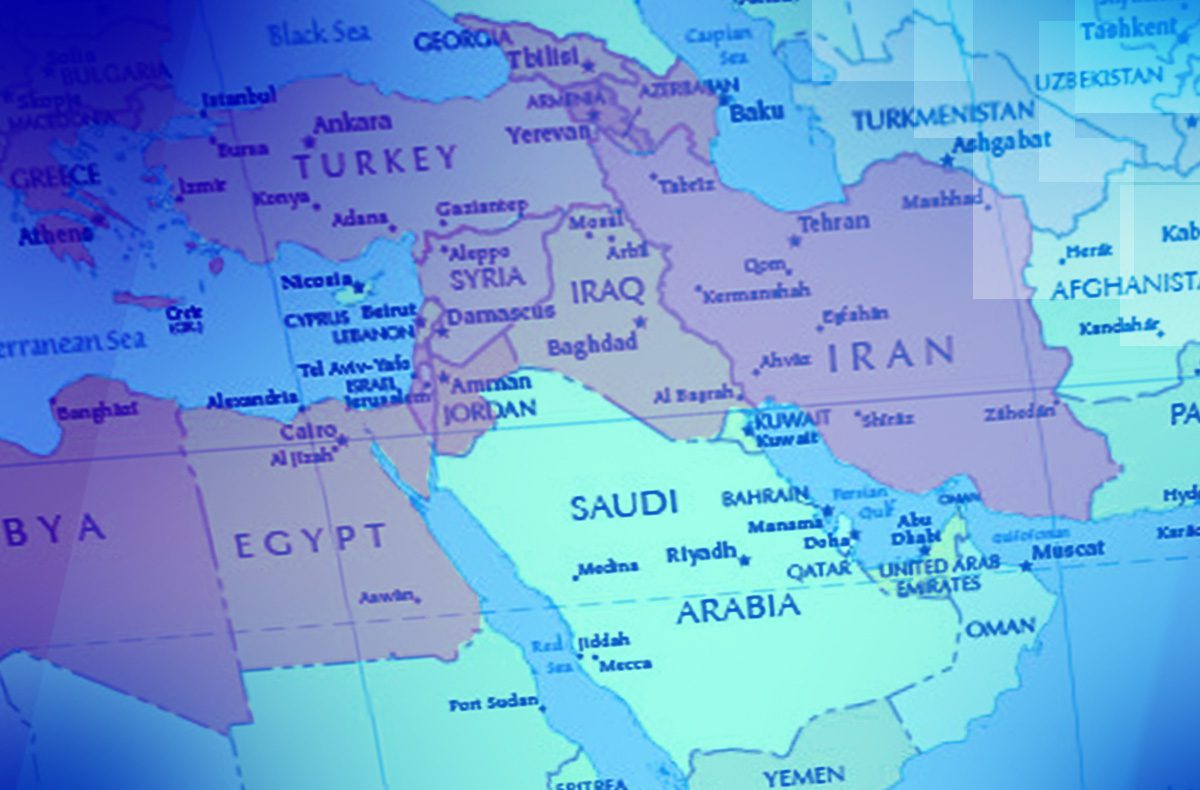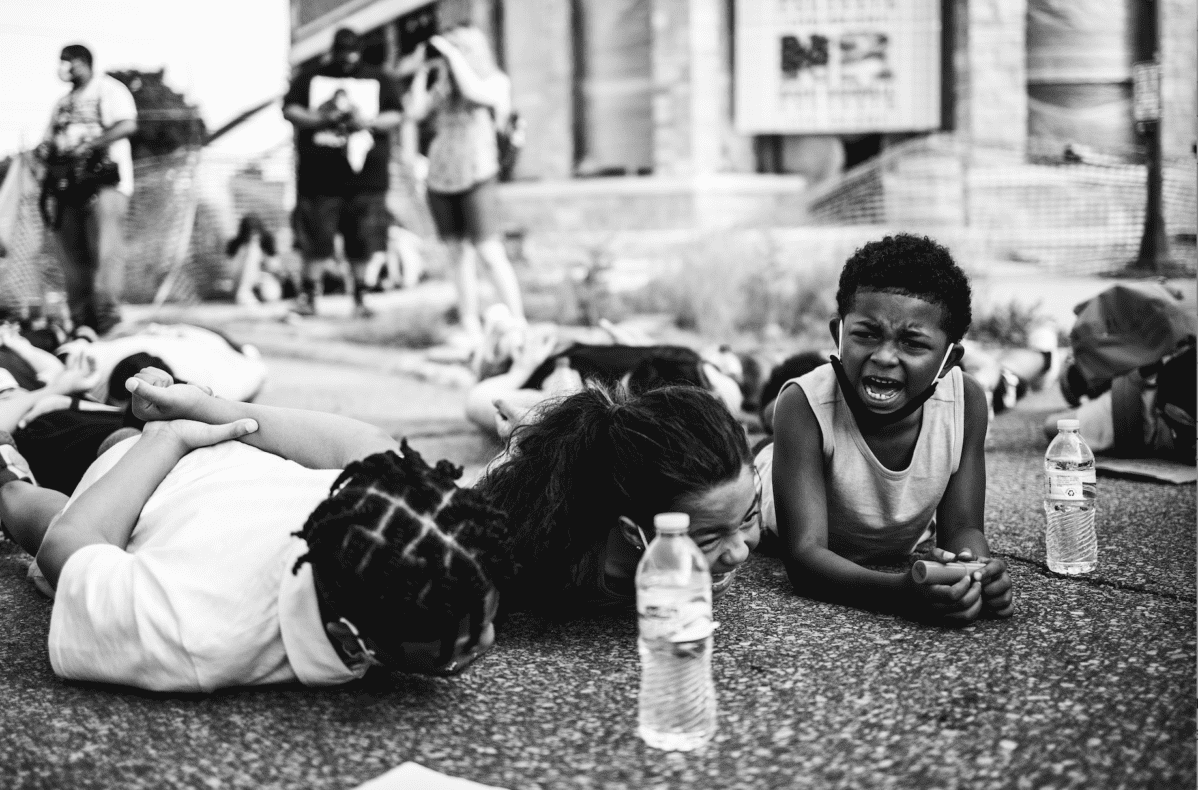
It will be noteworthy to see what age groups line up to see 80 For Brady, a movie with a star-studded cast playing octogenarian superfans of NFL legend Tom Brady, as well who is streaming 1923, the Paramount prequel to the wildly popular television series Yellowstone, which stars Boomers Helen Mirren and Harrison Ford.
Outside of Hollywood, it’s easy to point to age as another of the many factors dividing the country politically, economically, and culturally. But age—or generations—can also be a mechanism for unity.
Reports on generational divisions today tend to focus on what some label deficits of youth—their unprecedented levels of stress and anxiety or their lack of faith in democracy.
Teachers at 80% of U.S. public schools reported “stunted behavioral and socioemotional development” in students arising from the COVID-19 pandemic. And only about a quarter (27%) of young adults strongly agree that, while “democracy may have problems, it’s still the best system of government.”
There is less attention given to the high turnout of Gen Z voters in the 2022 election, their disproportionately strong protest participation, or their resilience in the face of repeated setbacks, including COVID. Perhaps if older adults can step away from criticism and remember what it was like to be young, the generational story can become more balanced, and the gaps narrowed.
The notion of a “generation gap” first took hold in the 1960s to capture the social and political chasm that was growing between young adults and older Americans. At this time, generations weren’t yet referred to by letters of the alphabet.
This practice began—as did many other cultural trends—with Generation X, the much-maligned “neglected middle child” of 65 million Americans born between 1965 and 1980. Many credit Douglas Coupland’s 1991 book, Generation X: Tales for an Accelerated Culture, for naming the cohort—and for their image as cynical, rebellious and pop-culture-obsessed youth.
Although the Millennials (who were born 1981-1996 and number 72.2 million in the U.S.) were initially referred to as Gen Y, it wasn’t until Gen Z came along that popular culture fully embraced the alphabetic generational label once again.
Generation Z, or the 68.6 million born between 1997 and 2012 living in the U.S., is the most racially and ethnically diverse generation in U.S. history. As “digital natives,” they grew up having the internet at their fingertips and are entering college at record rates.
The U.S. entered Afghanistan and Iraq when the oldest members of Gen Z were in preschool and didn’t withdraw troops until the last ones were almost out of elementary school.
For Generation Z, a critical component of their education involved regular active shooter drills. And the seeming ubiquity of school shootings may explain why over half of the generation expects to personally experience one. They watched the nation struggle through the financial crisis of 2008, and now, as more and more Zers enter the workforce, they are rightfully wary of the economic future.
Before X, Y, and Z were the Baby Boomers (1946-64), who constituted the largest generation (69.6 million) until they were recently surpassed by Millennials. As youths, Boomers were regarded as vanguards in political activism and social justice, associated with the Free Speech Movement at Berkeley, sit-ins for Civil Rights in the South, and Washington, DC, peace demonstrations. Longitudinal studies of activists from the 1960s published in 1987 found that, for the most part, these Boomers stayed true to their early selves, remaining disproportionately liberal and politically involved long after they outgrew their bell bottoms.
Xers are sandwiched between these nostalgic images of Boomer activists and younger Millennials, described as “confident, connected and open to change,” who quickly overshadowed them. While Xers were depicted as the latchkey kids—cynical, apathetic, and unmotivated, spending their days hanging out at the mall (think Fast Times at Ridgemont High)—the generation of Millennials that followed them was greeted differently.
Indeed, the arrival of Millennials (and the end of Xers) is linked to the appearance of “baby on board” signs on cars. Millennials’ early years were marked by improvements across a broad range of social indicators—from rising education levels to falling rates of violent crime, youth cigarette smoking, and teen pregnancy. Millennials became interested in politics, reversing low turnout trends of the 1990s and playing a decisive role in the election of President Barack Obama, the nation’s first Black president. This rosy image of Millennials may be hard to recall in an era when “that’s so Millennial” has become a put-down.
My research in generational differences was stimulated by critical characterizations of Gen X. In graduate school in the 1990s, I witnessed much older faculty laud the activism and accomplishments of their (Boomer) generation and critique the seeming ineptitude and apathy of my own. As someone who had protested apartheid by marching outside the South African embassy in high school and then built shanties on my college quad to protest U.S. military involvement in Central America, I was frustrated by these accounts.
Sadly, research showed Xers were less involved, less likely to vote, less interested in politics and more focused on individual material gain than global issues. Coming of age in an era of economic stagflation, watching the Challenger explode in classrooms, and later news of the Iran-Contra affair, some Xers rejected politics. And yet others—like me—were active and involved. The picture was more nuanced than these statistics allowed.
Recently, COVID affected every generation. Essential workers had to work. Learning from preschool through higher ed was remote only for a long stretch. At the same time, climate change became more tangible, with weather extremes and disasters affecting everyone on the planet. We all had to adapt, survive, and struggle through its challenges together, regardless of age.
At DePaul University, where I teach political science, students majoring in the field report they have chosen this line of study because they want to make the world a better place. More just. More equitable. More inclusive. Instead of focusing on generational differences like the faculty from my graduate school days, I’ve vowed that, as a Gen Xer, I would acknowledge the strength and resilience of their cohort, both in the classroom and beyond.
While age demographics and generations can be helpful for understanding macro-level social trends and big-picture cultural changes, we still need to remember what lies at the core of such studies: discrete persons, each with their own agency, unique background, and experience as an individual. Understanding the challenges of each generation can help us remember our commonality, making it possible to bridge gaps to build the better world all can imagine.




